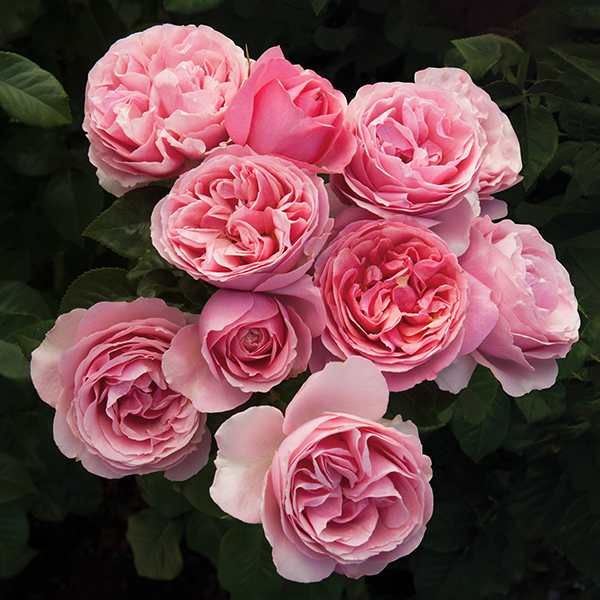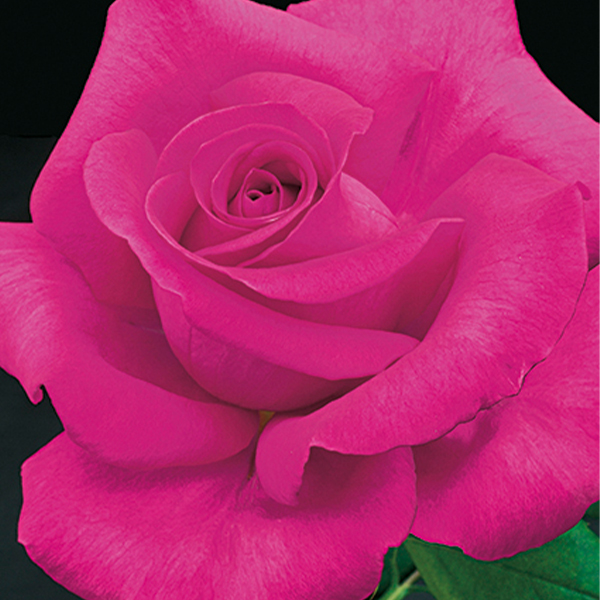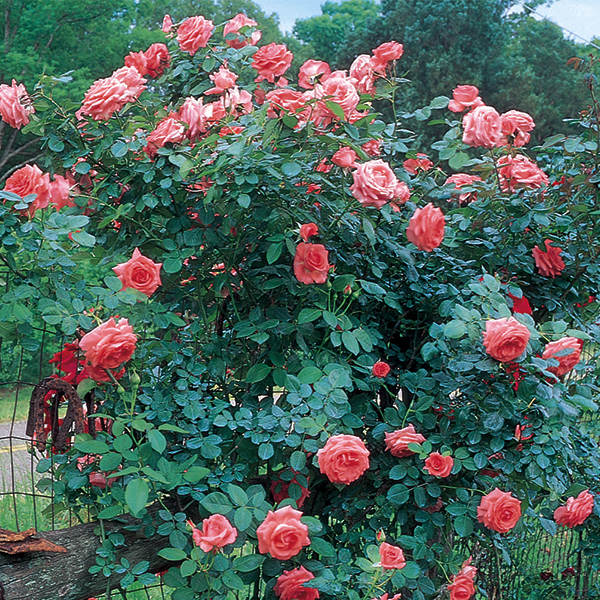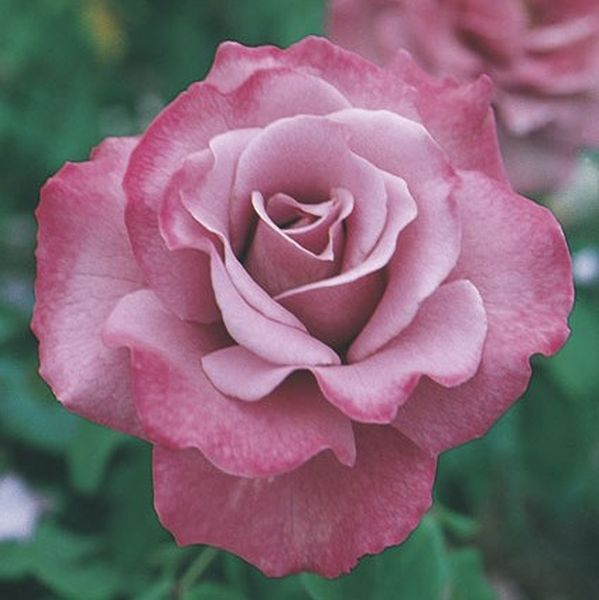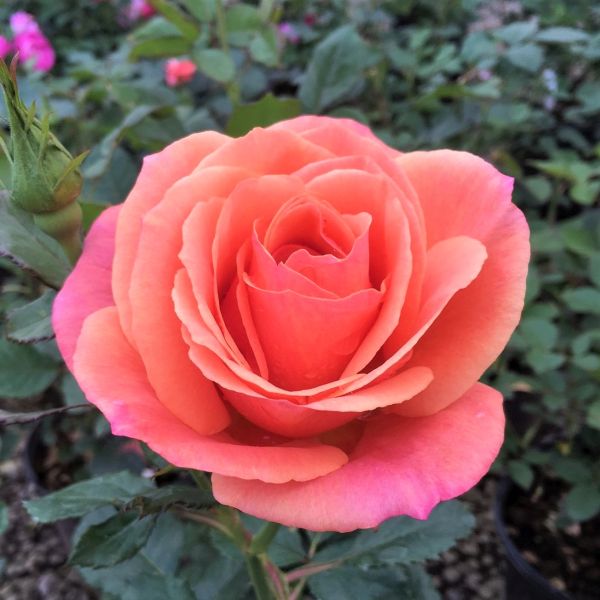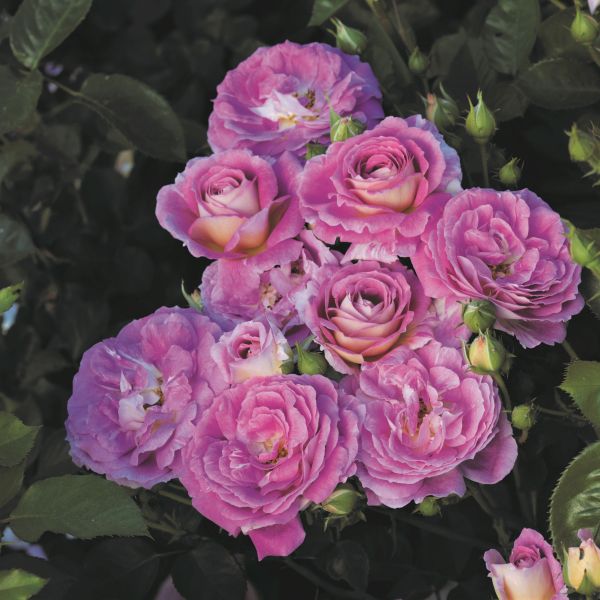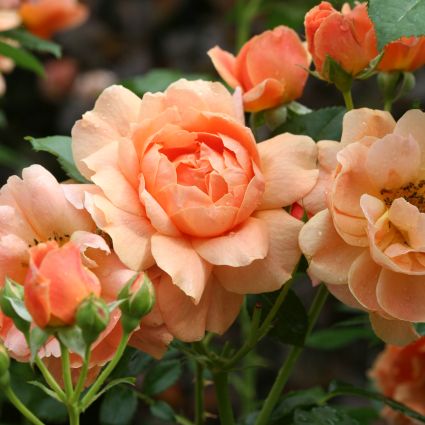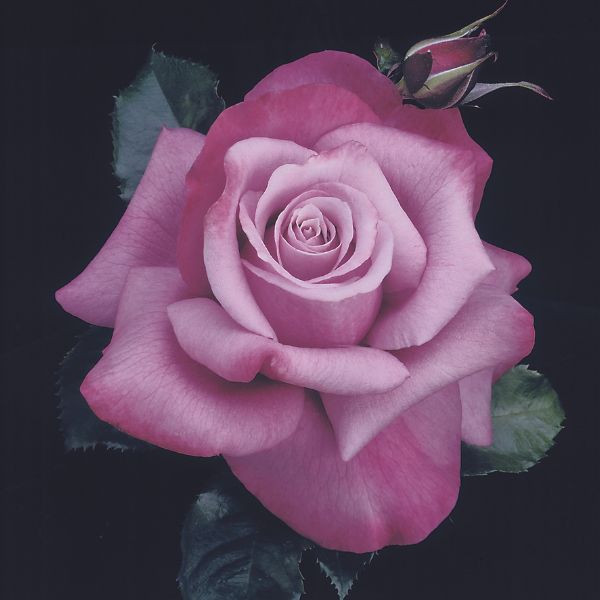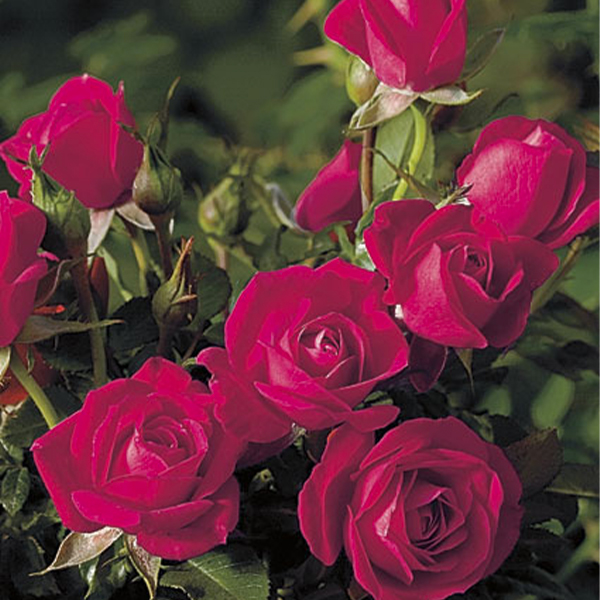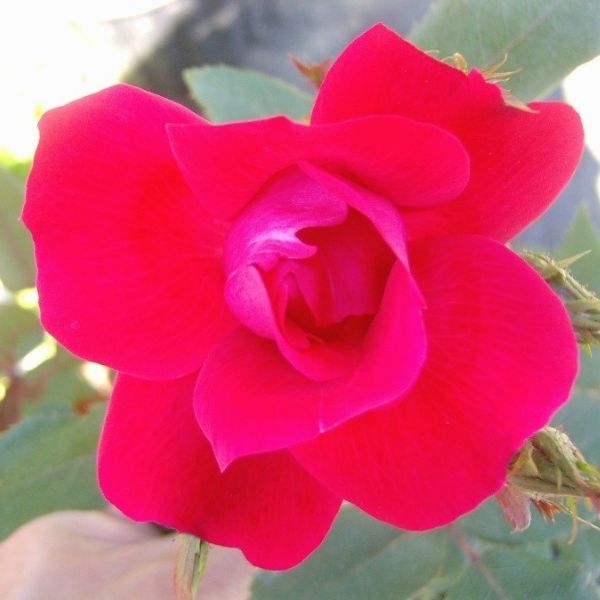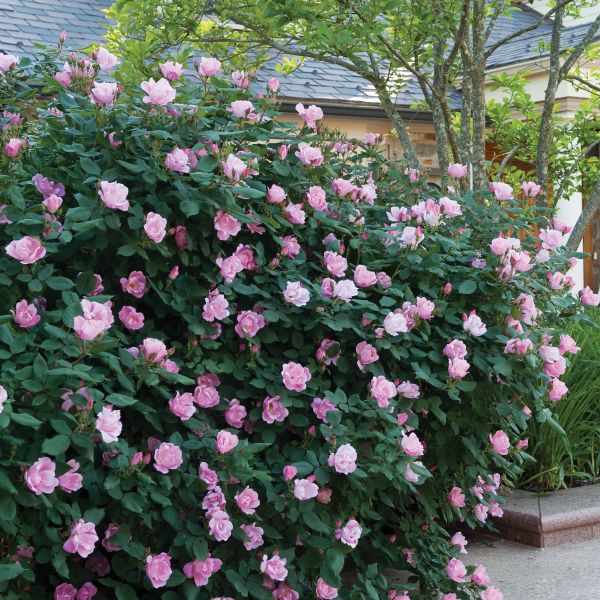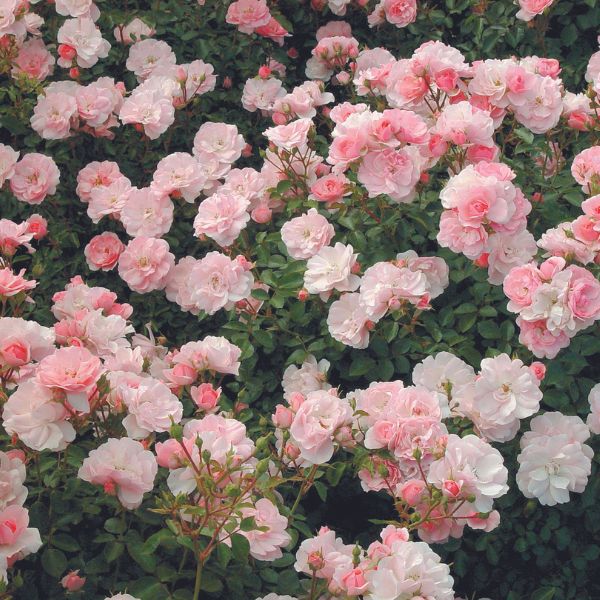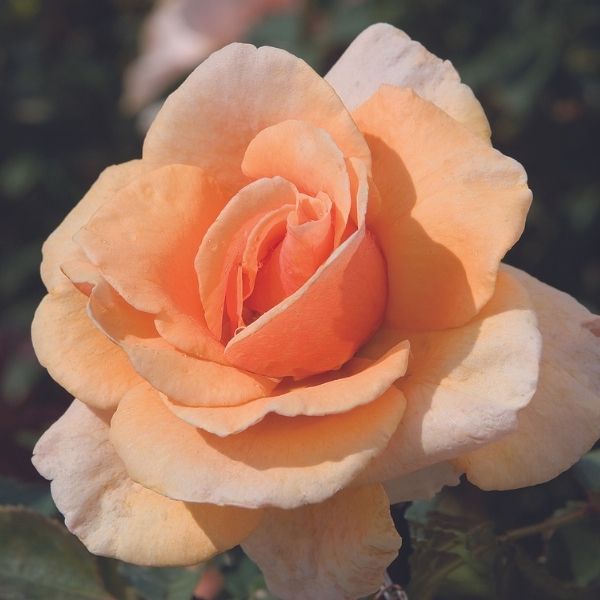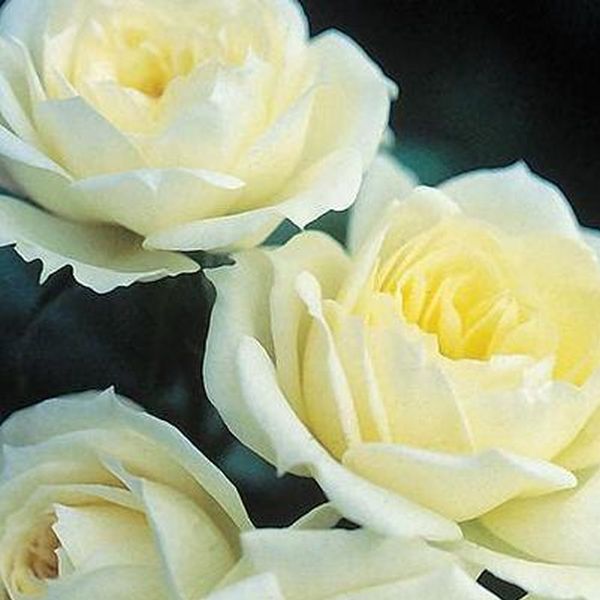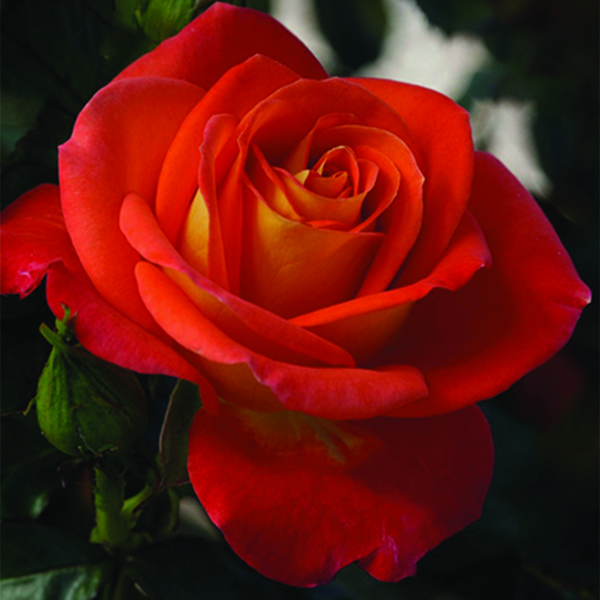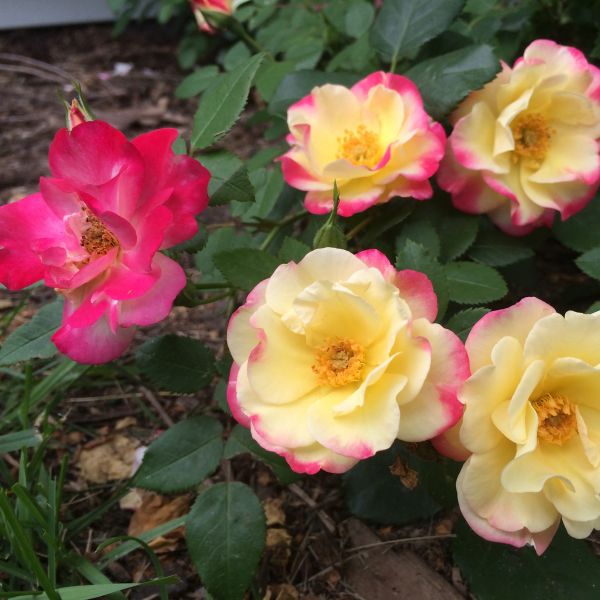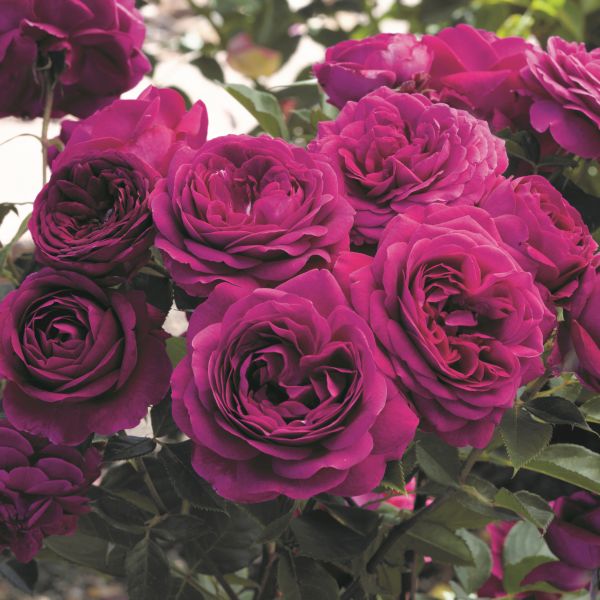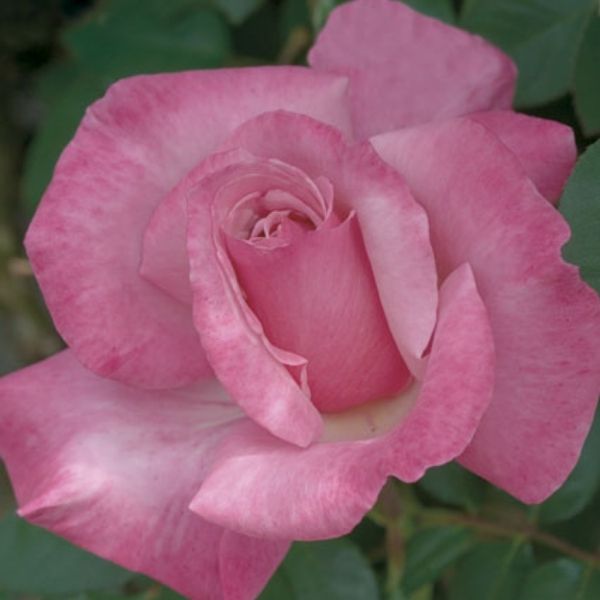
First Prize Hybrid Tea Rose
Rosa 'First Prize'
9 reviews
First Prize Hybrid Tea Rose
Rosa 'First Prize'
9 reviews
- Beautiful and vibrant color
- Strong and pleasant fragrance
- Resilient and easy to care for
- Recommended by landscape designers for optimal fit in real yards
$105.00
$150.00
30% Off
- Ships to 43215 in 3 to 7 days
- Free Shipping Over $150
- Plant Arrival Guarantee
- In Stock
- Free Plant Consult
$200 - Landscape-Approved: Every Plant We Sell Comes With Design Expertise Behind It
2.5 Gallon
Not just beautiful - intentionally selected by ShrubHub's 3D landscape design team to fit real-world spaces and maximize yard potential.
Why First Prize Hybrid Tea Rose?
First Prize Rose (Rosa 'First Prize') is a popular rose cultivar due to its stunning blooms and excellent performance in gardens. This award-winning hybrid tea rose showcases large, perfectly formed, deep pink flowers with a strong fragrance. Its vigorous growth and disease-resistant nature make it a reliable choice for rose enthusiasts. With its impressive attributes, First Prize Rose is highly sought after among gardeners looking to add a touch of elegance and beauty to their outdoor spaces.
People who loved this plant also bought
Sunlight
First Prize Rose requires full sun exposure, meaning it needs at least 6-8 hours of direct sunlight each day to thrive and produce its beautiful flowers.
Watering
The watering requirement for First Prize Rose is moderate, typically needing regular watering to keep the soil consistently moist, but not waterlogged. It is important to avoid overwatering as well as allowing the soil to dry out completely.
Fertilizing
The fertilizer requirements for First Prize Rose include a balanced rose fertilizer with a 5-10-5 or 10-10-10 nutrient ratio. Apply the fertilizer in early spring and then every 4-6 weeks during the growing season, following the package instructions for do
First Prize Rose (Rosa 'First Prize')
First Prize Rose is an exquisite hybrid tea rose variety prized for its stunning appearance and alluring fragrance. With its large, perfectly-formed blooms, this rose is a true showstopper in any garden or bouquet.
Features:
- Bloom: The First Prize Rose boasts large, high-centered blooms, reaching an average diameter of 4-5 inches. The perfectly shaped petals showcase a harmonious blend of velvety red and deep pink hues, creating an eye-catching visual display.
- Fragrance: One of the most captivating aspects of this rose is its heavenly scent. The intoxicating fragrance carries notes of sweet spice and citrus, making it a joy to experience in the garden or as a cut flower in arrangements.
- Growth: The First Prize Rose is a vigorous grower, reaching a mature height of approximately 3-4 feet and spreading to a width of 2-3 feet. It boasts upright, sturdy stems that lend support to the large blooms, making them perfect for cutting and enjoying indoors.
- Foliage: The glossy, dark green leaves of this rose serve as an attractive backdrop to the vibrant blossoms. They offer an appealing contrast and create a lush, healthy appearance for the plant as a whole.
- Hardiness: First Prize Rose is considered hardy in USDA hardiness zones 5-9, making it adaptable to a wide range of climates. It thrives in areas with full sun exposure, requiring at least 6 hours of direct sunlight daily.
- Low Maintenance: While this rose variety demands some attention and care, it is relatively low-maintenance compared to other hybrids. Regular watering, proper pruning, and feeding will ensure healthy growth and abundant blooms.
Uses:
The First Prize Rose is a versatile choice for any garden, adding elegance and beauty as a focal point or mixed within flower beds. Its striking blooms make it a popular choice for cutting gardens, where it can serve as the centerpiece in stunning floral arrangements.
Its captivating fragrance and long vase life make it an excellent choice for indoor decoration, bringing the beauty of the garden indoors. Whether adorning a vase or adding charm to a bouquet, the First Prize Rose is guaranteed to delight the senses.
Not only does this rose provide aesthetic and olfactory delight, it is also loved by pollinators such as bees and butterflies, making it a valuable addition to any pollinator-friendly garden.
Overall:
First Prize Rose is a remarkable hybrid tea rose variety that combines stunning beauty, enchanting fragrance, and low maintenance requirements. Whether displayed in the garden or enjoyed indoors, it is sure to win the admiration of all who encounter it.
Plant Information:
| Botanical Name: | Rosa 'First Prize' |
| USDA Zones: | 6 - 10 |
| Water: | Moderate |
| Exposure: | Full Sun |
| Soil Needs: | Well Drained |
| Mature Height: | 4 - 8 feet |
| Mature Spread: | 2 - 3 feet |
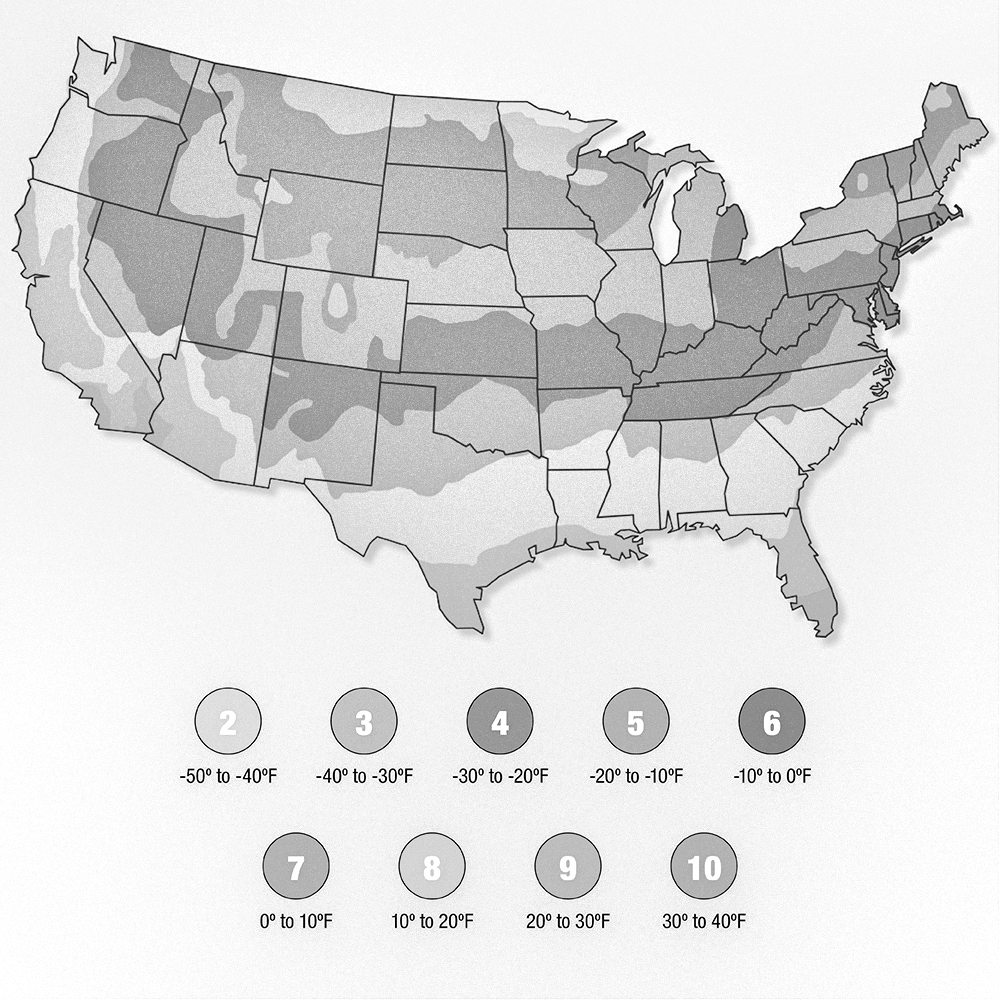





Pollination Info
Pollination Information for First Prize Rose (Rosa 'First Prize'):
The First Prize Rose (Rosa 'First Prize') is a hybrid tea rose that produces beautiful, large, double blooms with a classic rose fragrance. To ensure proper pollination and maximize flower production, it is important to understand the pollination requirements of this rose variety.
1. Pollinator:
The First Prize Rose is considered self-sterile, which means it requires a pollinator to transfer pollen from one flower to another for successful fertilization. Therefore, it is essential to plant it near other compatible roses or pollinator-friendly plants that can provide pollen.
2. Compatible Roses:
Some roses that are known to be compatible pollinators for the First Prize Rose include:
- Double Delight Rose (Rosa 'Double Delight')
- Mister Lincoln Rose (Rosa 'Mister Lincoln')
- Peace Rose (Rosa 'Peace')
These roses can aid in cross-pollination and enhance the overall flower production of the First Prize Rose.
3. Attracting Pollinators:
Aside from planting compatible roses nearby, it is also beneficial to attract pollinators such as bees and butterflies to your garden. These insects are natural pollinators and can significantly increase the chances of successful pollination. Planting nectar-rich flowers, such as lavender, salvia, and sedum, can help attract pollinators to your garden.
4. Pollination Techniques:
If you want to manually pollinate the First Prize Rose, you can do so by following these steps:
- Select a flower that has open petals and visible stamens (the male reproductive organs).
- Gently remove the petals to expose the stamens and reveal the pollen-covered anthers.
- Locate another bloom or compatible rose in the vicinity.
- Gently transfer the pollen from the anthers of the selected flower to the stigma (the female reproductive organ) of the receiving flower. Rub the anther on the stigma to transfer the pollen or use a small brush to collect and apply the pollen.
Repeat this process with multiple flowers to ensure thorough pollination.
By following these guidelines, you can help promote successful pollination and maximize the blooming potential of the First Prize Rose (Rosa 'First Prize').
FAQ
Frequently Asked Questions about First Prize Rose (Rosa 'First Prize')
-
1. What is the height and spread of First Prize Rose?
The First Prize Rose typically reaches a height of 3 to 5 feet (0.9 - 1.5 meters) and has a spread of about 2 to 3 feet (0.6 - 0.9 meters).
-
2. Is First Prize Rose a fragrant rose?
Yes, First Prize Rose is known for its strong and sweet fragrance that can fill your garden.
-
3. What is the bloom time of First Prize Rose?
This rose variety blooms profusely in late spring to early summer, and sporadic blooms can continue throughout the summer season.
-
4. How often should I water First Prize Rose?
First Prize Rose should be watered regularly, especially during dry periods. Aim to keep the soil moist but not waterlogged.
-
5. Does First Prize Rose prefer full sun or partial shade?
First Prize Rose thrives in full sun, which means it requires at least 6 hours of direct sunlight each day for optimal growth and blooming. However, it can tolerate some light shading.
-
6. How do I prune First Prize Rose?
Pruning should be done in late winter or early spring before new growth begins. Remove dead, damaged, or crossing branches, and shape the plant as desired. Additionally, removing spent blooms throughout the season will encourage more blooming.
-
7. Does First Prize Rose require any special care?
First Prize Rose is generally easy to care for. It benefits from regular fertilization, preferably with a rose-specific fertilizer. Additionally, providing a layer of organic mulch around the base of the plant can help retain moisture and suppress weed growth.
-
8. Can I grow First Prize Rose in a container?
Yes, First Prize Rose can be grown in a container. Ensure the pot has proper drainage holes, use a well-draining potting mix, and provide regular watering and fertilization to support healthy growth.
-
9. Is First Prize Rose disease-resistant?
While First Prize Rose is generally disease-resistant, it may still be susceptible to common rose diseases such as black spot, powdery mildew, and rust. Regular monitoring, proper watering, and good air circulation can help prevent these issues.
-
10. Can I use First Prize Rose as a cut flower?
Yes, the stunning blooms of First Prize Rose make it an excellent choice for cut flower arrangements. The flowers can last for several days when cut at the right stage of maturity.
Planting & Care
Planting Instructions for First Prize Rose (Rosa 'First Prize'):
- Choose a sunny location in your garden with well-draining soil.
- Prepare the soil by removing any weeds or grass and loosening it with a garden fork.
- Dig a hole that is wide and deep enough to accommodate the rose bush's root system.
- Place the rose bush in the hole so that the bud union (the swollen area where the rose was grafted onto the rootstock) is level with or slightly above the soil surface.
- Backfill the hole with soil, firming it gently around the roots to eliminate air pockets.
- Water the newly planted rose thoroughly to settle the soil.
Care Instructions for First Prize Rose:
- Watering: Roses need regular watering, especially during dry periods. Water deeply at the base of the plant rather than overhead, as wet foliage can invite diseases. Aim to keep the soil consistently moist but not waterlogged.
- Fertilizing: Feed your First Prize Rose with a balanced rose fertilizer in early spring, just as new growth begins. Apply according to the manufacturer's instructions. Repeat the application every 6 to 8 weeks during the growing season.
- Pruning: Prune your rose bush in early spring before new growth emerges. Remove any dead, damaged, or crossed canes. Aim to create an open center by cutting back a third of the oldest canes, leaving outward-facing buds. Regularly remove spent flowers throughout the blooming season to encourage more blooms.
- Mulching: Apply a layer of organic mulch around the base of the plant to help conserve moisture, suppress weed growth, and insulate the roots. Keep the mulch about 2-3 inches away from the base of the rose bush to prevent rotting.
- Pest and Disease Control: Monitor your rose bush regularly for common pests like aphids, spider mites, and black spot disease. Treat any issues promptly with appropriate insecticides or fungicides, following the instructions on the product labels.
- Winter Protection: In colder regions, provide winter protection for your rose bush by adding a layer of mulch around the base and covering it with burlap or a rose cone to insulate the canes from harsh temperatures and winds.
Check Out These Verified Customer Reviews:
Customer Reviews
4.8 out of 5 based on 9 reviews
Thank you! Your review has been submitted.
Exceeded my expectations
Fast and secure shipment
The First Prize Rose I received was absolutely stunning! The petals were flawless and the color was vibrant. The plant arrived well-packaged and in perfect condition. Overall, a fantastic purchase.
Item has been added to your cart.



